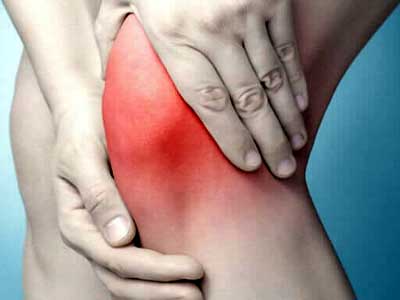What causes inflammation?
Inflammation can be caused by a number of things, from something as minor as a scrape on the knee to more serious problems like an infection. Examples include:
# Wounds
# Viral infections
# Bacterial infections (such as by the bacteria Helicobacter pylori)
# Parasitic infections
# Certain diseases, such as Crohn’s disease, ulcerative colitis, lupus and multiple sclerosis
# Exposure to something in the environment, such as inhaling too much dust on a windy day
# Exposure to certain chemical irritants, such as acids
Following injury, infection or another insult, the body releases a cascade of white blood cells, which produce chemicals that marshal to our aid by attempting to remove the cause of the problem and start the healing process. The results, though designed to help us, aren’t always pleasant. They include increased blood flow, leading to redness and increased heat; fluid rushing to the area, causing swelling; and pain, the result of a flood of chemicals to stimulate nerves.
Usually, once their job is done, cells stop pumping out these chemicals and the symptoms of inflammation wear off. But that’s not always the case.
Why does inflammation matter?
Occasionally, the body overproduces inflammatory chemicals or continues producing them long after it should have stopped. If left unchecked, this can disrupt the body’s ability to function normally and lead to a number of problems. Examples include:
Arthritis
This common disease, marked by pain and swelling of the joints, occurs when the body’s immune system kicks into gear with no invader to fight off or injury to heal. The result is damage to the body’s own tissues.
Cancers
Prolonged exposure to inflammatory substances released by the body can damage the DNA, resulting in abnormal, cancerous cells that proliferate and spread. For example, people with Crohn’s disease, a challenging and painful disorder caused by inflammation of the digestive tract, have a higher risk of developing colon cancers due to DNA damage that results from persistent inflammation. The same goes for people with hepatitis B or C infections, who have a higher risk of developing liver cancers. In addition, approximately 15 percent of cancers are linked to inflammation caused by chronic infection. This includes gastric cancers related to H. pylori, a bacterium that infects up to half of the world’s population and that is closely tied to contaminated water.
Depression and suicide
In a 2016 study, Van Andel Research Institute scientist Dr. Lena Brundin and her collaborators found that levels of an enzyme called ACMSD varied between people who had a history of suicide attempts and those who did not. Given its role as a metabolic regulator that can influence inflammation, ACMSD may be an important target for future treatments as well as a potential indicator of suicide risk.
Parkinson’s disease: Evidence is growing that inflammation may play a role in the earliest stages of Parkinson’s disease as well. In a review published last year, Brundin and colleagues Dr. Viviane Labrie and Dr. Patrik Brundin theorized ACMSD (yes, the same ACMSD as above) may propel the spread of Parkinson’s through the brain by disrupting the critical systems required to keep cells healthy and functioning. Finding ways to target ACMSD could lead to new treatments for Parkinson’s.
How can research help?
Because it plays a role in so many disorders, figuring out ways to reduce inflammation safely and effectively is a major focus in the development of new therapies and new treatment strategies. To this end, scientists are working to:
Determine the basics
Understanding how inflammation works in health and how it can contribute to disease is a critical foundation upon which to build new treatments.
Pinpoint diseases in which inflammation plays a role
Growing evidence suggests that inflammation may be the cause or at least a major contributor in a host of wide-ranging conditions (the recent discoveries in Parkinson’s disease noted above are a prime example).
Develop improved therapeutic strategies
Better understanding the basics of inflammation and how it gives rise to disease will aid in the design of more effective treatment strategies, which harness new medications as well as already existing anti-inflammatory drugs.

















Related Items
Strawberries could help reduce harmful inflammation